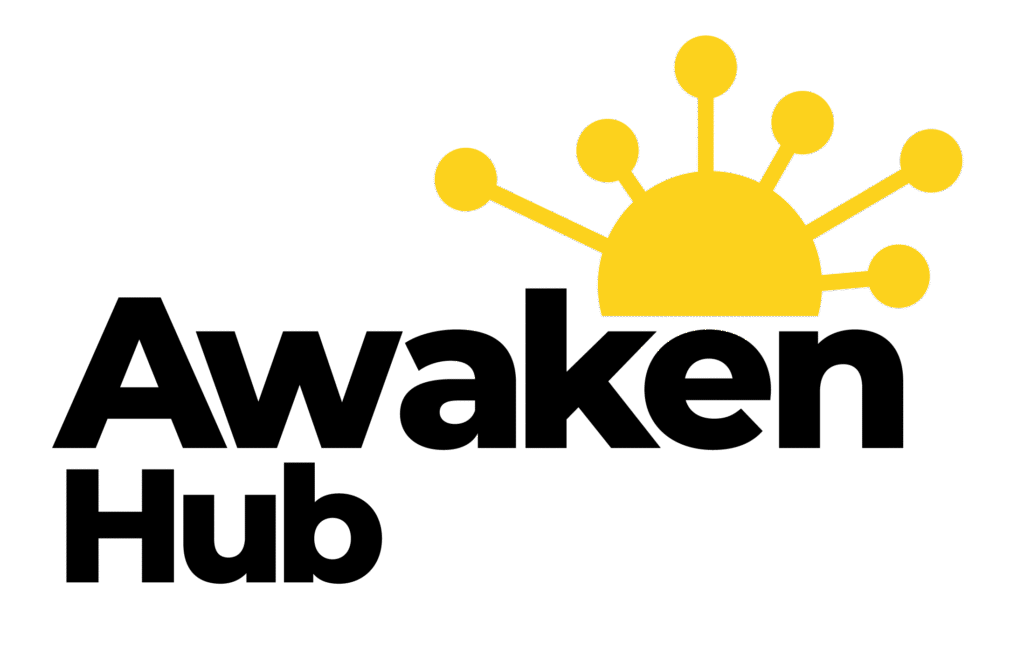Creating a Stunning Website with a User-Friendly Website Builder
When embarking on the journey of creating your own website, the first and perhaps most crucial step is selecting the…
When embarking on the journey of creating your own website, the first and perhaps most crucial step is selecting the right website builder. With a plethora of options available, it can be overwhelming to determine which platform best suits your needs. You should consider factors such as ease of use, customisation options, and the specific features that align with your goals.
For instance, if you are a small business owner looking to establish an online presence, you might favour a builder that offers e-commerce capabilities, while a blogger may prioritise a platform that excels in content management. Moreover, it’s essential to evaluate the scalability of the website builder you choose. As your business or personal brand grows, your website will need to evolve as well.
Opting for a builder that allows for easy upgrades and additional features can save you time and hassle in the long run. Take the time to read reviews and perhaps even test out a few platforms through free trials. This hands-on approach will give you a clearer understanding of what each builder offers and how it aligns with your vision.
Summary
- When choosing a website builder, consider factors such as ease of use, customisation options, and pricing plans
- Design an eye-catching layout by using a clean and modern design, high-quality images, and consistent branding
- Incorporate user-friendly navigation by organising content logically, using clear menus, and implementing search functionality
- Optimise for mobile devices by using a responsive design, testing on different devices, and minimising loading times
- Integrate engaging content such as compelling copy, videos, and interactive elements to keep visitors interested and informed
- Utilise high-quality images and graphics to enhance the visual appeal of the website and create a professional look
- Implement effective call-to-actions by using clear and compelling language, strategic placement, and A/B testing
- Test and improve user experience by gathering feedback, analysing website analytics, and making necessary adjustments to enhance usability
Designing an Eye-Catching Layout
Once you have settled on a website builder, the next step is to focus on designing an eye-catching layout. The layout of your website serves as the first impression for visitors, and it is vital to make it count. You should aim for a design that reflects your brand identity while also being visually appealing.
Consider using a grid system to create a balanced and organised look, ensuring that elements are aligned and spaced appropriately. This not only enhances aesthetics but also improves readability, making it easier for visitors to navigate your content.
You should choose colours that resonate with your brand and evoke the desired emotions in your audience. For example, vibrant colours can convey energy and excitement, while softer tones may evoke calmness and professionalism. It’s also wise to incorporate white space strategically; this helps to prevent your layout from feeling cluttered and allows important elements to stand out.
Remember, simplicity often leads to elegance, so don’t be afraid to embrace minimalism in your design.
Incorporating User-Friendly Navigation

User-friendly navigation is paramount in ensuring that visitors can easily find their way around your website. You should aim for a clear and intuitive menu structure that allows users to access different sections of your site without confusion.
Consider using drop-down menus for subcategories; this keeps your navigation tidy while still providing access to more specific content. Additionally, incorporating a search function can significantly enhance user experience. This feature allows visitors to quickly find specific information without having to sift through multiple pages.
You should also ensure that your navigation is consistent across all pages; this familiarity helps users feel more comfortable as they explore your site. Remember, the goal is to create a seamless experience that encourages visitors to stay longer and engage more deeply with your content.
Optimising for Mobile Devices
| Metrics | Data |
|---|---|
| Mobile Page Load Time | 3 seconds |
| Mobile Conversion Rate | 25% |
| Mobile Bounce Rate | 40% |
| Mobile Traffic Share | 60% |
In today’s digital landscape, optimising your website for mobile devices is no longer optional; it’s essential. With an increasing number of users accessing websites via smartphones and tablets, you must ensure that your site is responsive and functions well on various screen sizes. You should test your website on multiple devices to identify any issues with layout or functionality.
A responsive design automatically adjusts elements based on the screen size, providing an optimal viewing experience regardless of the device used. Moreover, consider the loading speed of your mobile site. Users are less likely to wait for a slow-loading page, so optimising images and minimising unnecessary scripts can significantly enhance performance.
You should also simplify navigation for mobile users; touch-friendly buttons and larger text can make it easier for visitors to interact with your site on smaller screens. By prioritising mobile optimisation, you not only improve user experience but also boost your site’s search engine ranking, as search engines favour mobile-friendly websites.
Integrating Engaging Content
Content is king in the realm of websites, and integrating engaging content is crucial for capturing and retaining visitor interest. You should focus on creating high-quality, relevant content that resonates with your target audience. This could include blog posts, articles, videos, or infographics that provide value and insight into topics related to your niche.
Engaging content not only keeps visitors on your site longer but also encourages them to share it with others, expanding your reach. Additionally, consider incorporating interactive elements such as quizzes or polls to further engage users. These features invite participation and can provide valuable insights into your audience’s preferences and opinions.
You should also update your content regularly; fresh content signals to both users and search engines that your site is active and relevant. By prioritising engaging content, you create a dynamic environment that fosters connection and encourages repeat visits.
Utilising High-Quality Images and Graphics

Enhancing Appeal with High-Quality Images
Visual elements play a significant role in enhancing the overall appeal of your website, making it essential to utilise high-quality images and graphics. You should select images that are not only visually striking but also relevant to your content. Stock photos can be useful, but consider investing in custom photography or graphics that reflect your unique brand identity.
Creating a Professional Appearance
High-resolution images create a professional appearance and can significantly impact how visitors perceive your site. In addition to images, infographics can be an effective way to present complex information in an easily digestible format. You should aim for a balance between text and visuals; too much text can overwhelm visitors, while too many images can distract from your message.
Boosting User Engagement
By thoughtfully integrating high-quality visuals into your design, you enhance user engagement and create a more enjoyable browsing experience.
Implementing Effective Call-to-Actions
A well-designed website not only attracts visitors but also guides them towards taking specific actions through effective call-to-actions (CTAs). You should strategically place CTAs throughout your site to encourage users to engage further—whether that means signing up for a newsletter, making a purchase, or downloading a resource. The language you use in your CTAs is crucial; it should be clear, compelling, and action-oriented.
Phrases like “Get Started,” “Join Now,” or “Discover More” can motivate users to take the next step. Moreover, consider the design of your CTAs as well; they should stand out visually from other elements on the page. Using contrasting colours or larger buttons can draw attention to these important prompts.
It’s also wise to limit the number of CTAs on each page; too many options can overwhelm visitors and lead to decision fatigue. By implementing effective CTAs thoughtfully throughout your site, you guide users towards meaningful interactions that align with your goals.
Testing and Improving User Experience
The final step in creating an effective website is testing and continuously improving user experience (UX). You should regularly gather feedback from users through surveys or usability testing sessions to identify areas for improvement. Pay attention to metrics such as bounce rates and average session duration; these indicators can provide valuable insights into how visitors are interacting with your site.
Additionally, consider A/B testing different elements of your website—such as layouts, colours, or CTAs—to determine what resonates best with your audience. This data-driven approach allows you to make informed decisions about design changes and enhancements. Remember that user experience is an ongoing process; by staying attuned to user needs and preferences, you can create a website that not only meets but exceeds expectations over time.
In conclusion, building an effective website involves careful consideration of various elements—from choosing the right builder to optimising for mobile devices and integrating engaging content. By focusing on user-friendly navigation, high-quality visuals, effective CTAs, and continuous improvement through testing, you can create a dynamic online presence that captivates visitors and drives meaningful engagement. Your website is often the first point of contact for potential customers or readers; investing time and effort into its design and functionality will pay off in the long run as you establish a strong digital footprint.
If you are looking to improve your online presence with a website builder, you may also be interested in learning about local SEO strategies in Ireland. Local SEO can help your website rank higher in search engine results for specific geographic locations, driving more traffic to your site. Check out this article for more information on how to optimise your website for local search.










